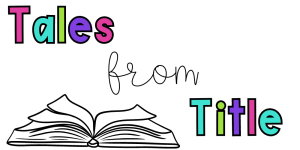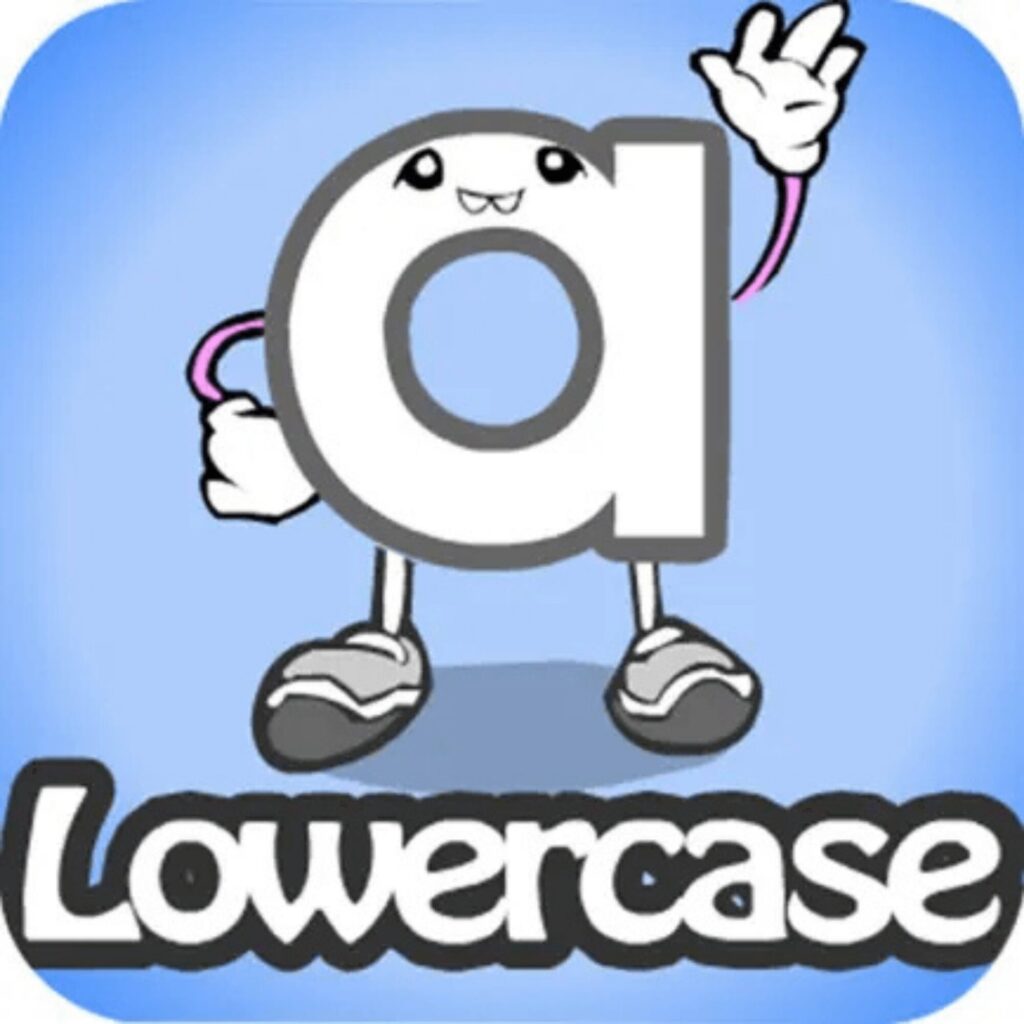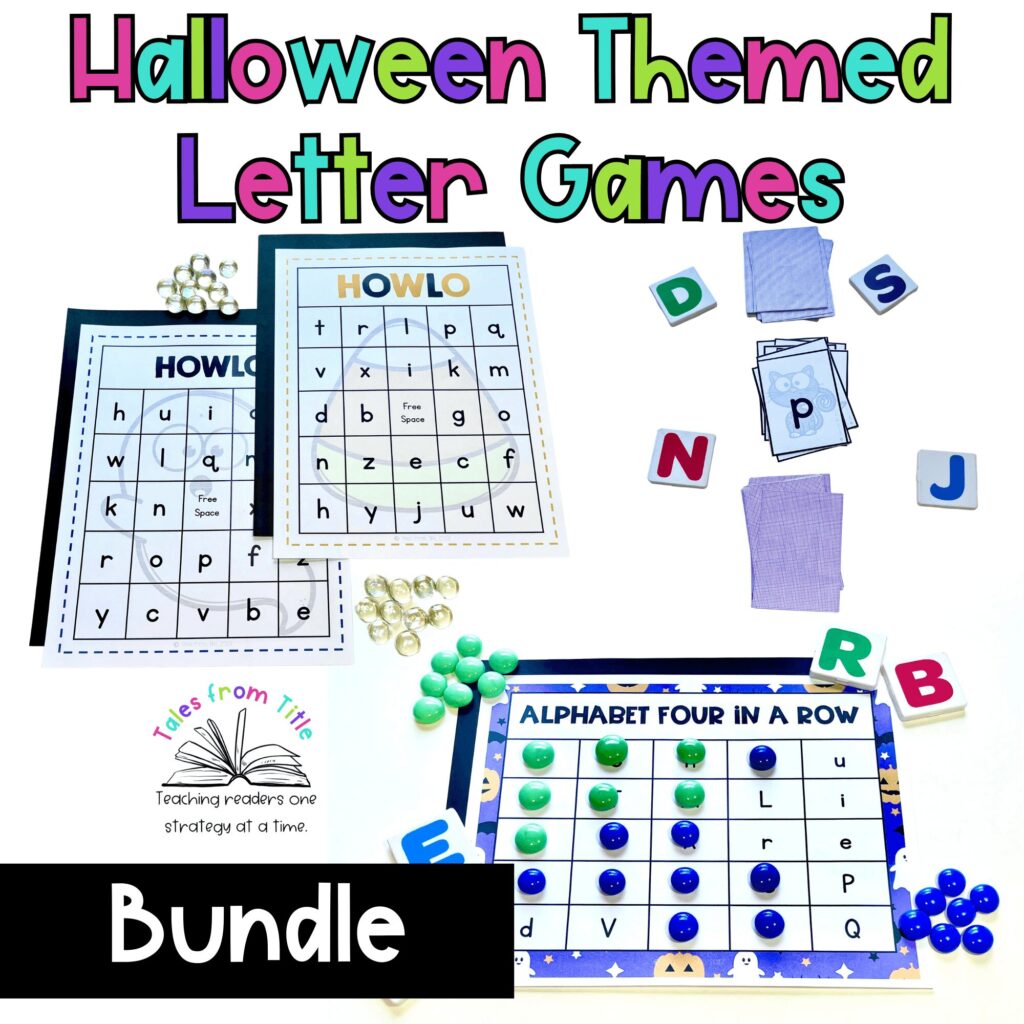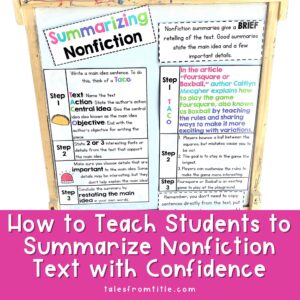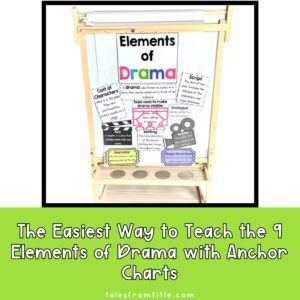In my last post, I talked about the four components of learning letters. Today, let’s look at letter recognition skills and how we can lend a helping hand to students. Whether you’re a teacher, a parent, or a tutor, my goal for this blog post is to equip you with a few handy tips to make letter recognition an engaging and enriching experience for young learners. So, let’s jump in!
Why Is Letter Recognition Important?
Before we get into the practical tips, let’s quickly review why letter recognition matters. Letters are the building blocks of words, sentences, and communication as a whole. By mastering letter recognition, students gain an essential foundation for reading, writing, and overall language development. It also builds their confidence and helps set the stage for a lifelong love of reading.
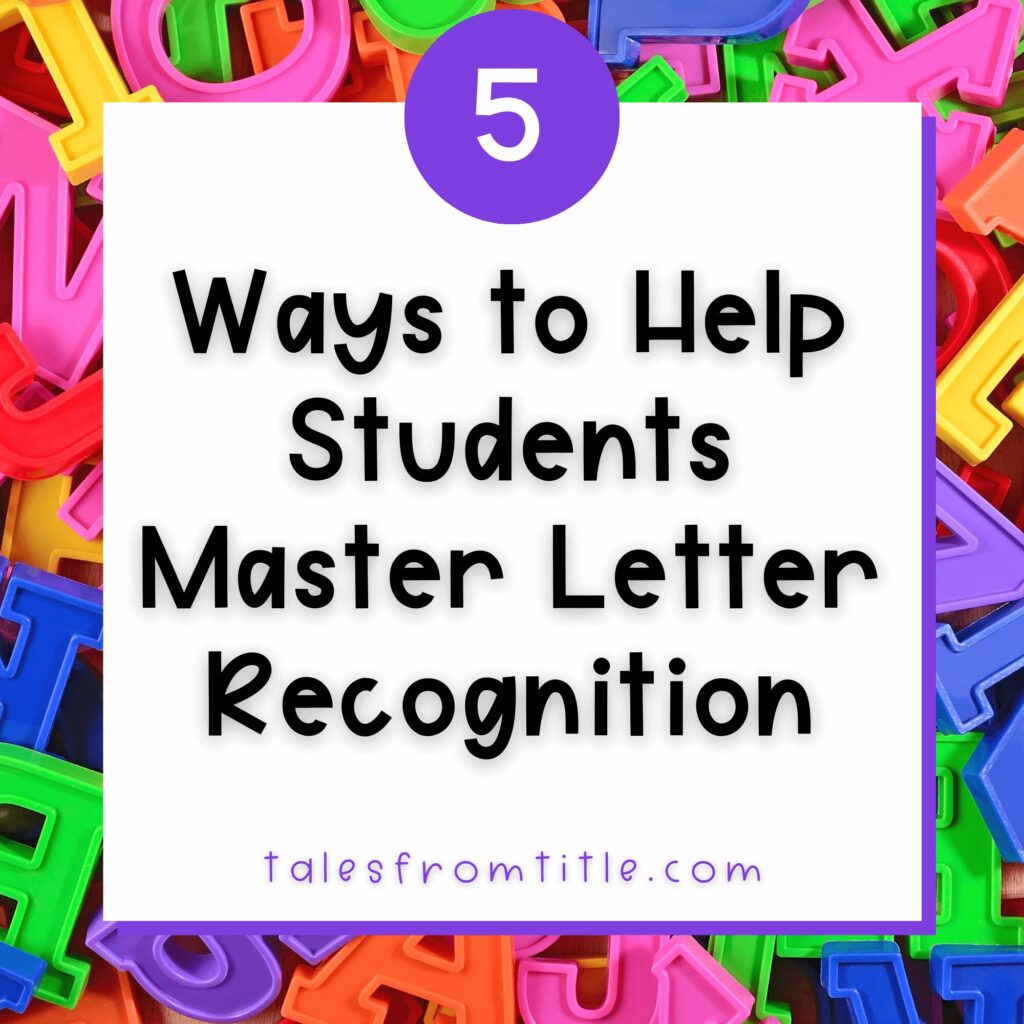
Make It Fun
Learning shouldn’t feel like a chore. When we incorporate play into letter recognition, students engage more and often retain information better. Puzzles, simple games, and scavenger hunts bring excitement and variety to the learning process. The more hands-on and interactive, the better the results.
During a kindergarten intervention group, I set up a fishing game using flashcards with paper clips and homemade fishing rods. Then, I gave each student a letter name to “catch.” Were my students still practicing letters they needed to master? Yes! Was it more exciting than rote flashcard drills? Absolutely! I’m willing to bet that if you incorporate fun, quick activities like these, you’ll see growth in your students. Plus, adding play can make all the difference in a child’s willingness to participate.
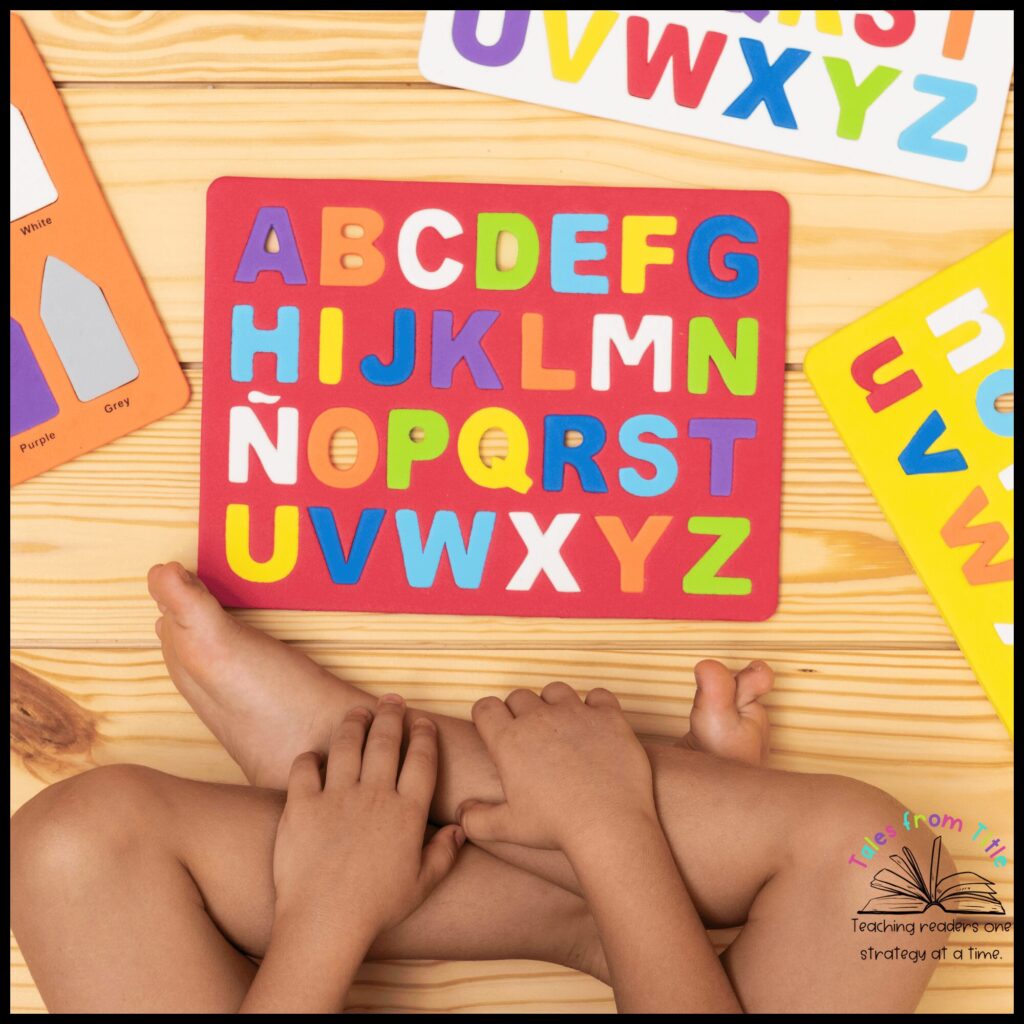
Try This:
🏸 Swat a Letter – Scatter letter cards on the floor and give each student a fly swatter. Call out a letter for students to swat and watch as letter practice goes from boring to engaging. My tip for this activity is to give each student a different letter to swat because making it a competition can defeat some students and decrease their willingness to participate.
🧩 Letter Puzzles – These are another great way to build letter recognition through play.
Connect Letters to Everyday Life
Letters are all around us on signs, labels, menus, and more. Helping students notice letters in their environment makes learning more relevant and meaningful. It also reinforces that letter recognition isn’t just something we do at a table, it’s part of daily life. Making these real-world connections supports transfer and retention.
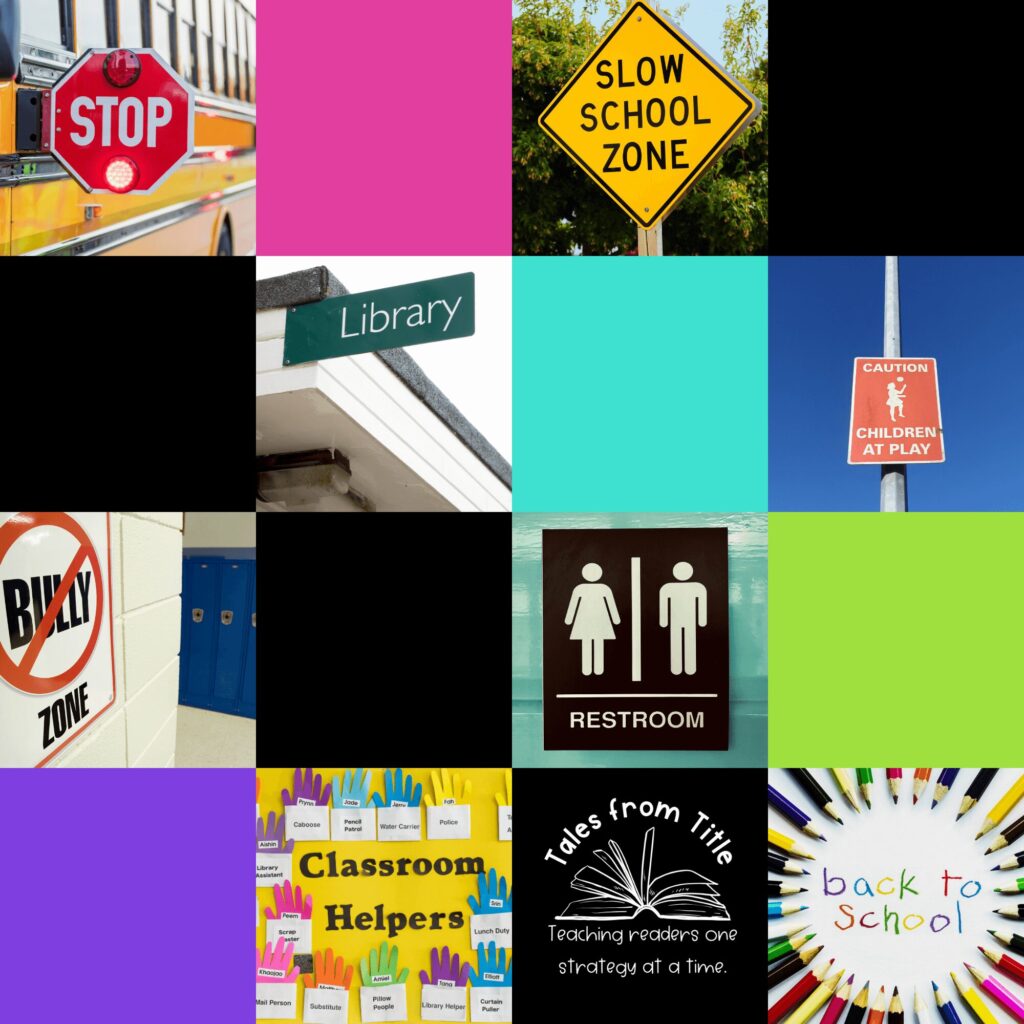
Try This:
🔍 I Spy Letters – While out and about (bathroom breaks, recess, or waiting in line), play a quick game of “I Spy.” Instead of objects or colors, spy a letter and let students guess where it is in their surroundings. It keeps them engaged and reinforces learning beyond the classroom.
👀 Everyday Letters – Encourage students to look for letters throughout the day—on walls, books, signs, and even snack wrappers.
Sensory Play
Tactile activities make learning more memorable, especially for younger learners. Sensory play engages multiple senses, helping students internalize letter shapes and sounds. Using materials like sand, play dough, or shaving cream can add variety to your instruction and increase engagement. Even students who struggle with focus often respond well to sensory-based activities.
I once introduced hair gel bags with flashcards during a review day. As students pressed their fingers on the outside of the bag to trace a letter they found on a card, they giggled and stayed completely focused. One student who often avoided writing happily traced letter after letter for nearly ten minutes. The sensory experience made the task feel like play rather than practice.
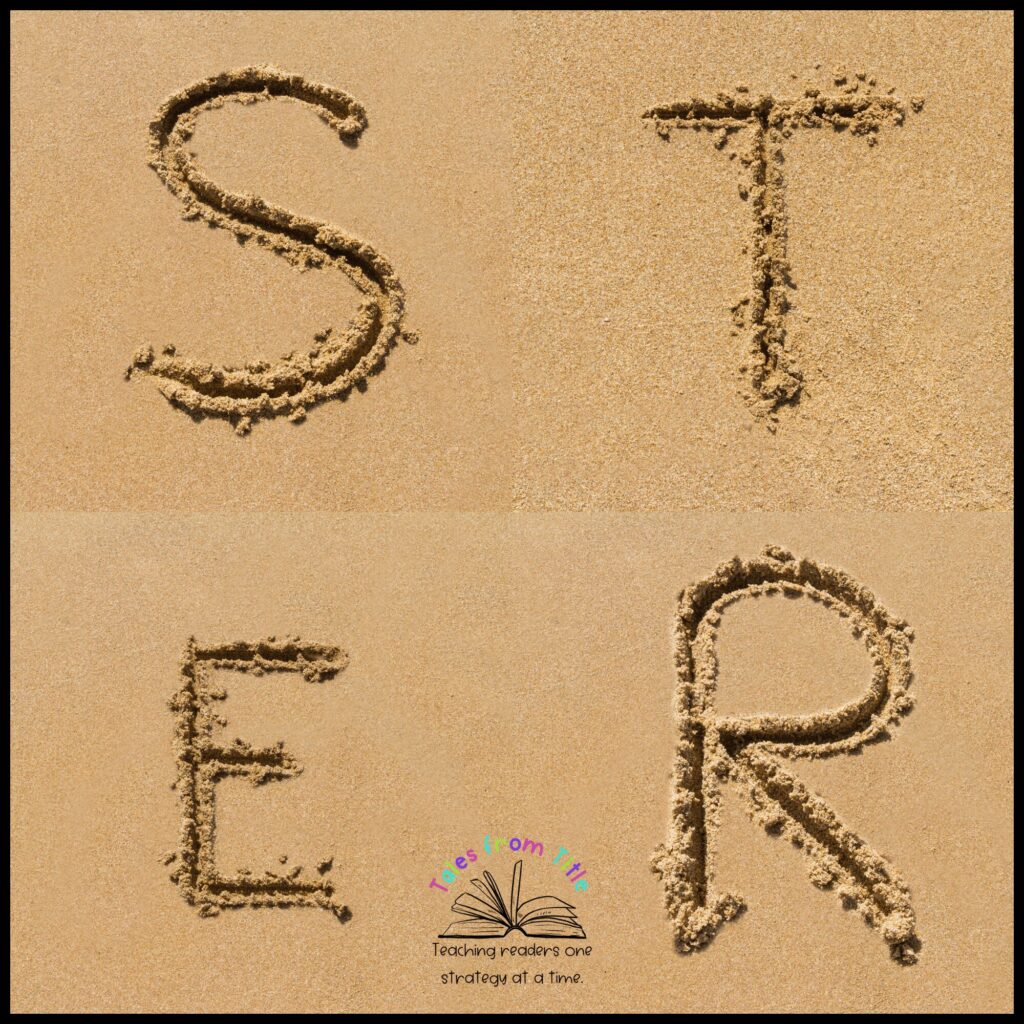
Try This:
💧 Hair Gel Writing – Squeeze inexpensive hair gel into a zip-top bag and seal it well using duct tape. Spread letter flashcards out and call out a letter for students to find. Once they find the correct card, have them trace that letter on the outside of the bag using their finger. It’s mess-free and highly engaging.
🏖️ Sand and Play Dough Letters – Writing letters in sand or using play dough to shape them adds a tactile dimension to your lessons.
Use Technology Wisely
Technology offers interactive ways to reinforce letter recognition skills. There are many great apps and websites that turn learning into a game, keeping students engaged. Still, it’s important to use technology as a tool, not a replacement, for direct instruction and hands-on practice. Balance screen time with meaningful activities that allow for movement, creativity, and connection.
After introducing a letter recognition app during small groups, I noticed that students were highly motivated to play. The app showed a letter, then transformed it into an object, like a “V” turning into a volcano, which helped them form strong visual connections. When one student later spotted the letter “V” during shared reading, he immediately recalled the volcano. The app made the letter stick in his memory, but it was our follow-up discussion and hands-on work that really cemented the learning.
Try This:
📱 Use Letter Apps – Preschool Prep offers letter recognition apps like Meet the Uppercase Letters, Meet the Lowercase Letters, and Meet the Vowels. Students are asked to find a specific letter from a group of three. When they choose correctly, the letter transforms into an object (like an “A” turning into an apple), making the learning experience memorable.
💡 Supplement, Don’t Replace – Use technology to supplement instruction, not replace it.
Personalize Learning
Each student brings different interests, strengths, and learning styles to the table. By tailoring instruction to match those needs, we help students feel seen and valued. Some may respond best to visuals, others to music, stories, or movement. Personalization makes lessons more effective and increases motivation.
I created themed letter cards using popular characters and interests I had observed in my students. One student who loved trucks lit up when he got to match letters using cards decorated with construction vehicles. Another student stayed more focused when the letters were part of a holiday-themed game. A few small tweaks made a big difference in their participation and progress.
Disclaimer: If you make custom letter cards and decide you want to earn some extra income, never, ever try to sell products using licensed characters or other trademarked materials. You could get yourself into trouble.
Try This:
🎯 Incorporate Interests – If a student loves monster trucks, create letter games with truck images. Into dance? Add movement to your lessons. You can also tie in holidays and seasonal themes to keep things fresh and exciting.
🧠 Know Your Students – Get to know what motivates your students and use it to drive learning forward.
Conclusion
Letter recognition is a foundational step in learning to read. By adding fun, making real-life connections, using sensory input, incorporating technology wisely, and personalizing instruction, we can make this skill more accessible and enjoyable for every learner.
Remember, no one masters the alphabet overnight, especially students who struggle. But with patience, creativity, and a few engaging strategies, we can help them build the confidence and skills they need to succeed. Stay tuned! I’ll be sharing a list of ready-to-use letter recognition activities in an upcoming post.

